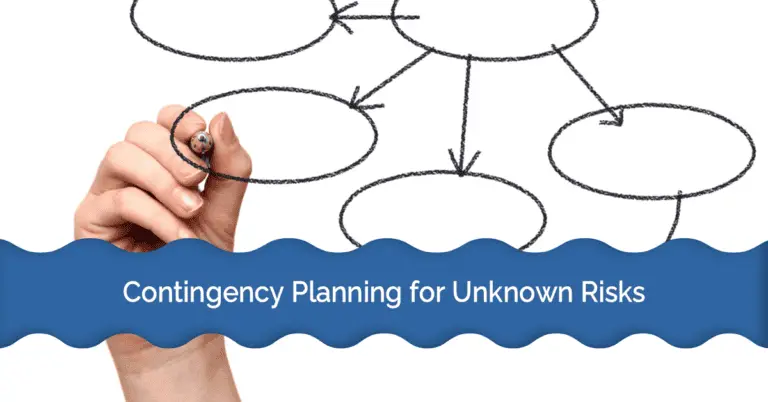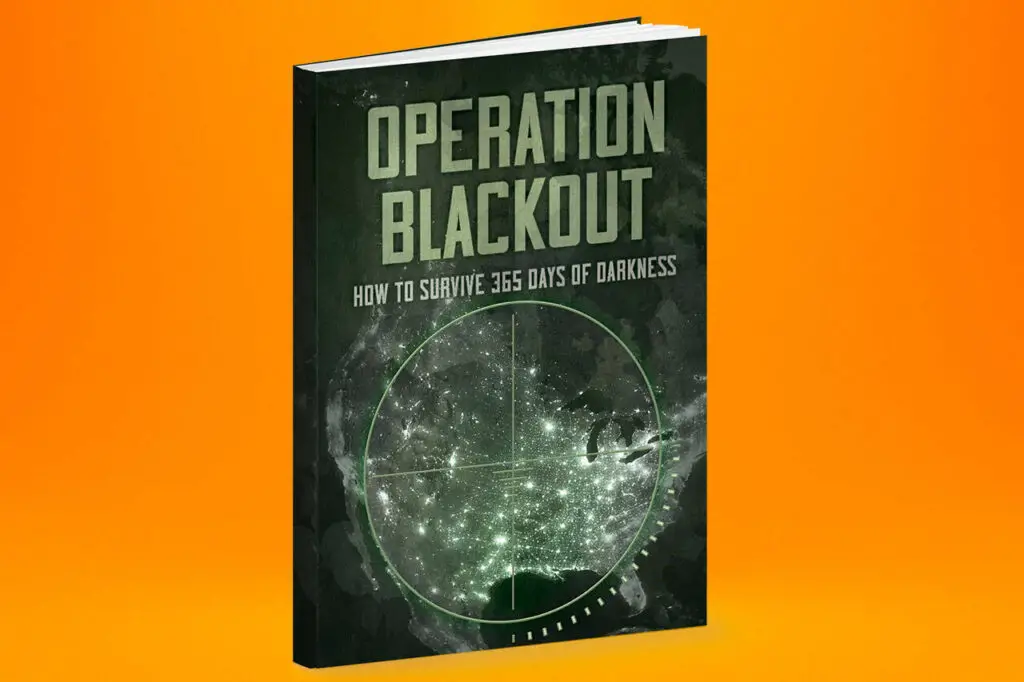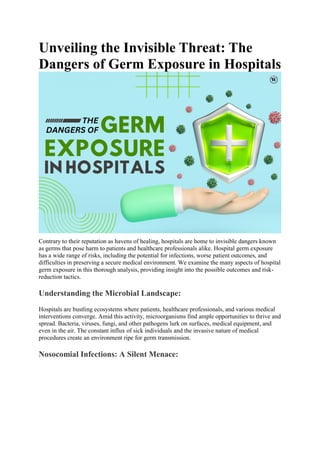Have you ever thought about how you would handle invisible threats in emergency situations? In this article, we will discuss strategies to help you prepare for the unseen dangers that may arise. From biological hazards to cybersecurity risks, being aware and ready for these invisible threats is crucial for your safety and well-being. Let’s delve into the world of prepping for the unseen!

Understanding Invisible Threats
Invisible threats are dangers that are not immediately visible or easily detectable with the naked eye. They can encompass a wide range of hazards, from viruses and bacteria to cyberattacks and chemical contaminants. By understanding the nature of these invisible threats, you can better prepare yourself to mitigate risks and protect yourself and your loved ones.
What are Invisible Threats?
Invisible threats are hazards that are not easily perceived by our senses. They can include biological agents, such as viruses and bacteria, as well as chemical contaminants and radiological hazards. Cyber threats, such as malware and phishing attacks, are also considered invisible threats, as they can infiltrate your devices and systems without being detected.
Preparing for Biological Hazards
Biological hazards, such as viruses and bacteria, pose a significant threat to public health. Preparing for these invisible threats involves taking preventive measures to reduce the risk of exposure and transmission. By following simple hygiene practices and staying informed about potential outbreaks, you can protect yourself and others from biological hazards.
Personal Hygiene Practices
Practicing good personal hygiene is one of the most effective ways to prevent the spread of infectious diseases. Make sure to wash your hands regularly with soap and water, cover your mouth and nose when sneezing or coughing, and avoid touching your face with unwashed hands. These simple habits can help reduce the risk of infection and protect you from biological hazards.
Stay Informed about Outbreaks
Staying informed about potential outbreaks in your area is crucial for early detection and prevention of biological hazards. Follow updates from local health authorities and the Centers for Disease Control and Prevention (CDC) to stay aware of any emerging threats. By being proactive and informed, you can take the necessary precautions to protect yourself and your community from infectious diseases.

Securing Your Cyber Environment
In today’s digital age, cybersecurity threats are becoming increasingly prevalent and sophisticated. Protecting your online data and devices from cyberattacks is essential to safeguarding your personal information and privacy. By implementing strong security measures and practicing safe online habits, you can minimize the risk of falling victim to cyber threats.
Strong Password Management
Creating strong and unique passwords for your online accounts is the first line of defense against cyber threats. Use a combination of letters, numbers, and special characters to make your passwords more secure. Consider using a password manager to store and generate complex passwords for each of your accounts. By practicing good password management, you can reduce the risk of unauthorized access to your sensitive information.
Avoiding Phishing Scams
Phishing scams are a common method used by cybercriminals to trick individuals into revealing their personal information. Be cautious of unsolicited emails, messages, or calls that request sensitive data or prompt you to click on suspicious links. Avoid providing personal information to unknown sources and verify the authenticity of requests before taking any action. By staying vigilant and skeptical of phishing attempts, you can protect yourself from falling victim to cyber scams.
Managing Chemical Contaminants
Chemical contaminants pose a serious risk to public health and safety, especially in cases of environmental pollution or industrial accidents. Understanding how to identify and mitigate the impact of chemical hazards is essential for protecting yourself and your community from harmful exposure. By following safety precautions and seeking professional help when needed, you can reduce the effects of chemical contaminants on your health.
Identifying Chemical Hazards
Knowing how to identify chemical hazards in your surroundings is key to avoiding exposure and contamination. Look for warning signs, labels, and safety information on products and containers to determine the potential risks they pose. Be aware of common chemicals used in household products, workplaces, and industrial settings, and take appropriate measures to prevent accidental exposure. By being aware of the presence of chemical contaminants, you can take proactive steps to minimize the risk of adverse health effects.
Safety Precautions for Chemical Handling
When working with chemicals or products that contain hazardous substances, it is important to follow safety precautions to prevent accidents and exposure. Wear appropriate protective gear, such as gloves, goggles, and masks, when handling chemicals to avoid skin contact, inhalation, or ingestion. Follow the instructions provided on product labels and safety data sheets to ensure safe handling and storage of chemical substances. By taking necessary safety precautions, you can protect yourself and others from the harmful effects of chemical contaminants.

Conclusion
Invisible threats are a constant presence in our daily lives, whether in the form of biological hazards, cybersecurity risks, or chemical contaminants. By understanding the nature of these unseen dangers and taking proactive measures to prepare for them, you can better protect yourself and your loved ones from potential harm. From practicing good personal hygiene to securing your online data and recognizing chemical hazards, being prepared for invisible threats is essential for your safety and well-being. Stay informed, stay vigilant, and stay safe in the face of the unseen!


